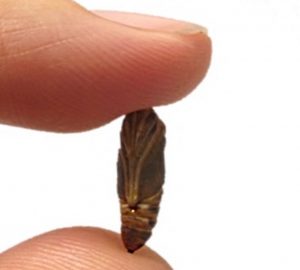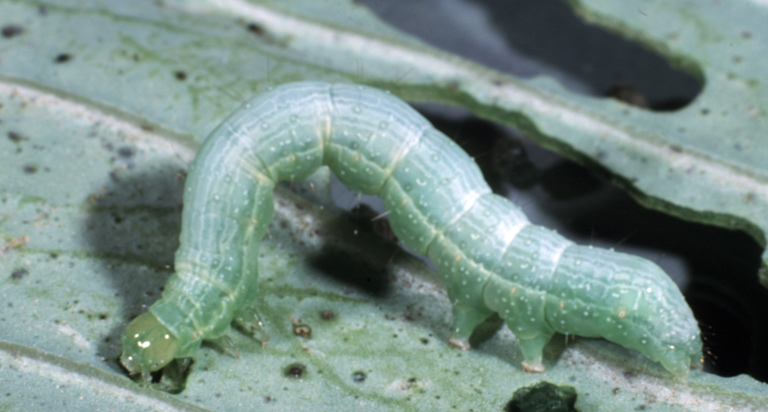A vaccine manufactured inside insect pupae has been submitted for the first time to the European Medicines Agency (EMA) for regulatory approval. Algenex’ CrisBio® technology aims to disrupt the recombinant protein production industry by replacing the bioreactors with pupae of the Trichoplusia ni Lepidoptera (cabbage looper moth).

According to José Escribano, PhD, founder and CSO of Algenex, the pupae are infected with a baculovirus that has been genetically modified to carry foreign DNA. Once the pupae cells are expressing the desired protein, they can be crushed, and the protein purified.
“The downstream process is not much more complex than a standard process,” Escribano told GEN in an exclusive interview. “The one difference is the first step of the process, when the protein is extracted from the insects.”
Advantages of the system, he explained, include the scalability. “When you scale up in bioreactors to 100 L, etc., you need to adapt the system. But with the insects we just infect more or less pupae. Productivity and cost grow proportionally, but the complexity is the same.”
Claudia Jiménez, general manager of Algenex, claimed a dose of vaccine can be produced using CrisBio® for less than one Euro cent (upstream part) and pupae don’t require as much investment as a bioreactor. Some insect cells, according to the company, can produce 1,600 times more protein than equivalent mammalian cells.
In addition, she said they are to be able to produce a new or existing antigen in less than two months compared to eight months average for the vaccine industry. “With influenza, the annual vaccine is based on strains from the previous year, but with a two-month timescale we can rapidly react to emerging viruses.”
The technology is also simple, the company added. Insects can be grown in single-use rearing boxes and infected through robotized inoculation in disposable pupae trays, a process they said is easy to adopt in countries where high-tech solutions, such as bioreactors, are hard and costly to implement.
The EMA submission is for a veterinary vaccine, but the company expects to move onto human health vaccines in the future. They hope EMA regulatory approval (due in 2020) of their lead product will open up the way to wider adoption of the tech. “The first vaccine on the market with our technology will be key,” said Jiménez.
CrisBio® follows other vaccine expression systems in living organisms such as the use of tobacco plants to produce influenza vaccines or the use of live insect larvae. According to Jiménez, pupae improve upon larvae as they can be stockpiled and a large part of the production process can be automated.


